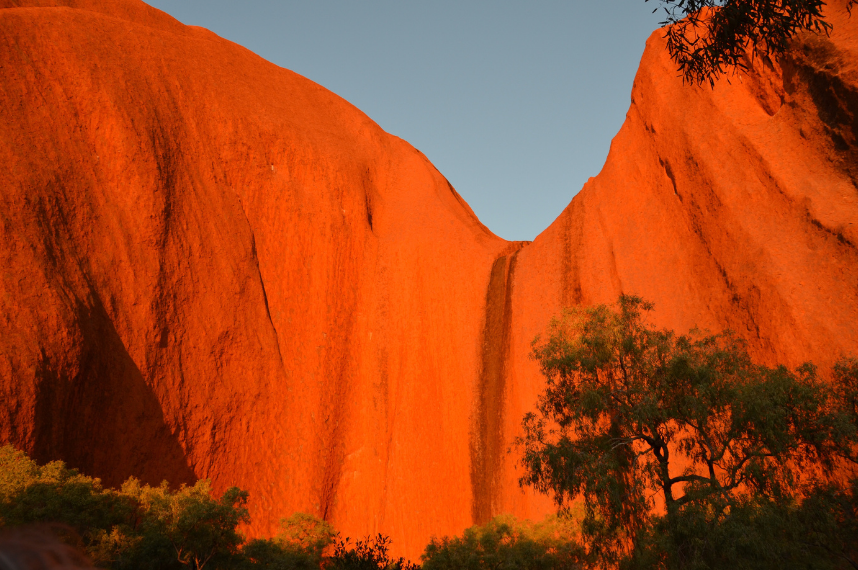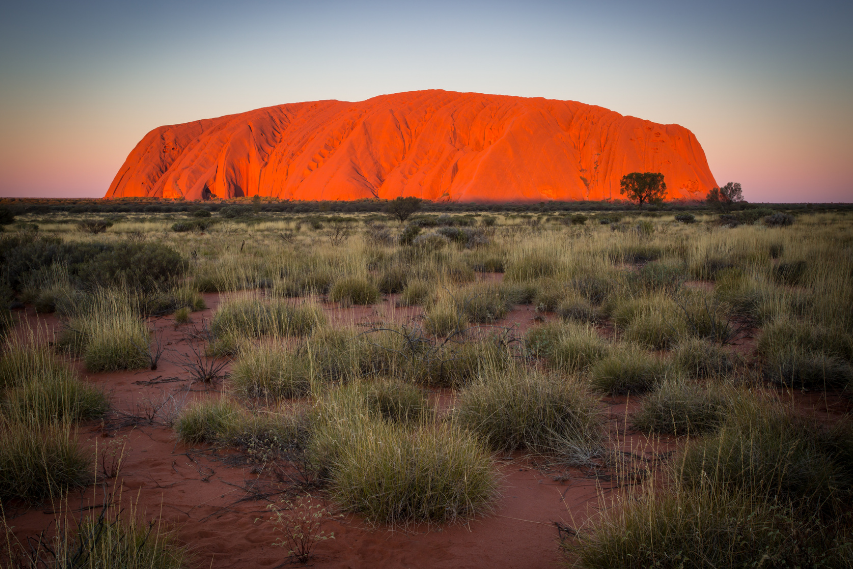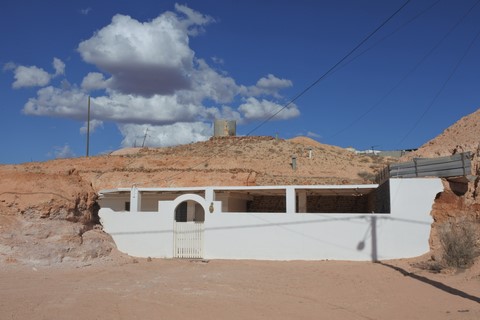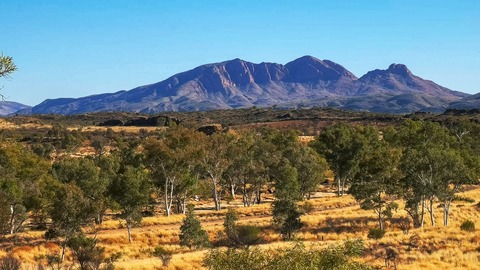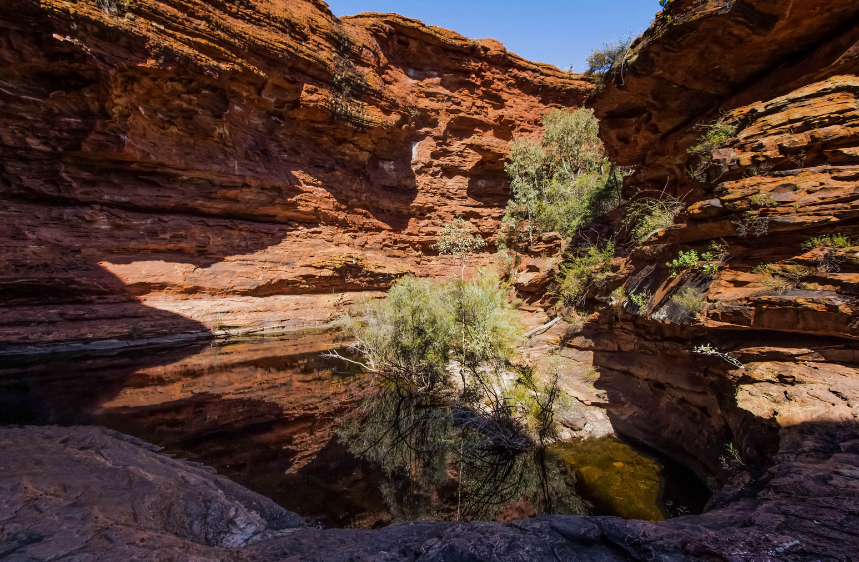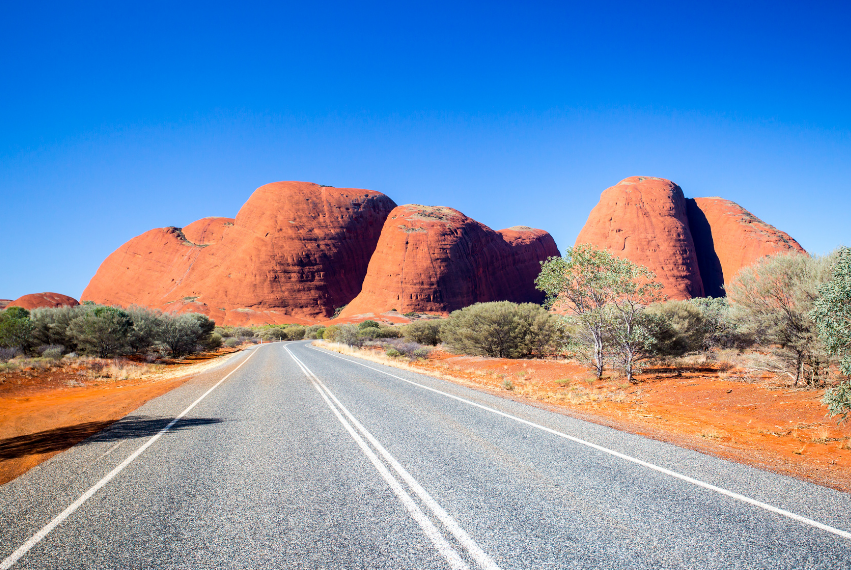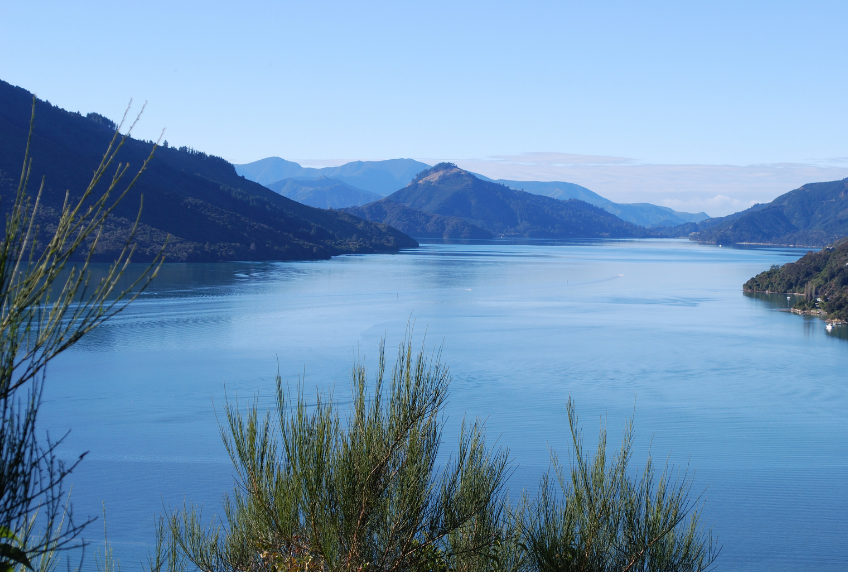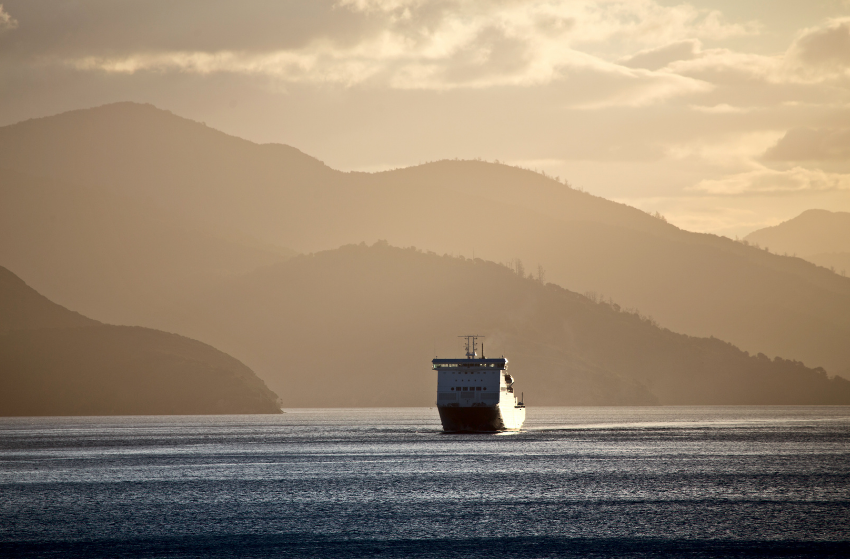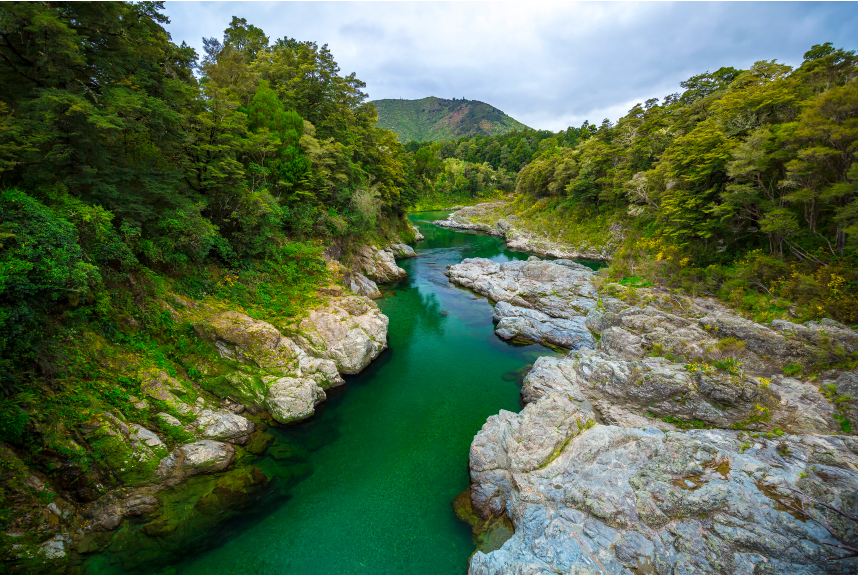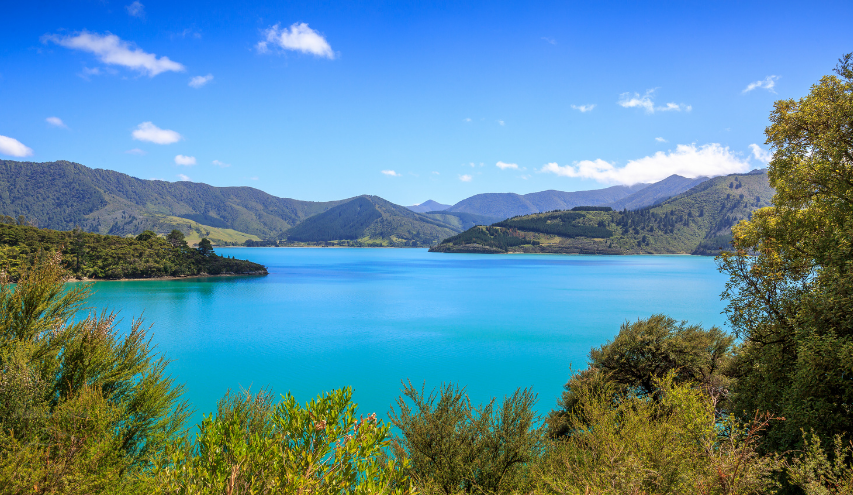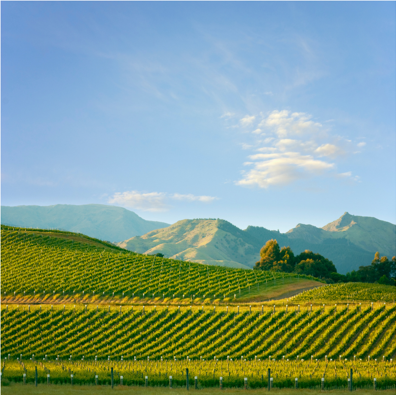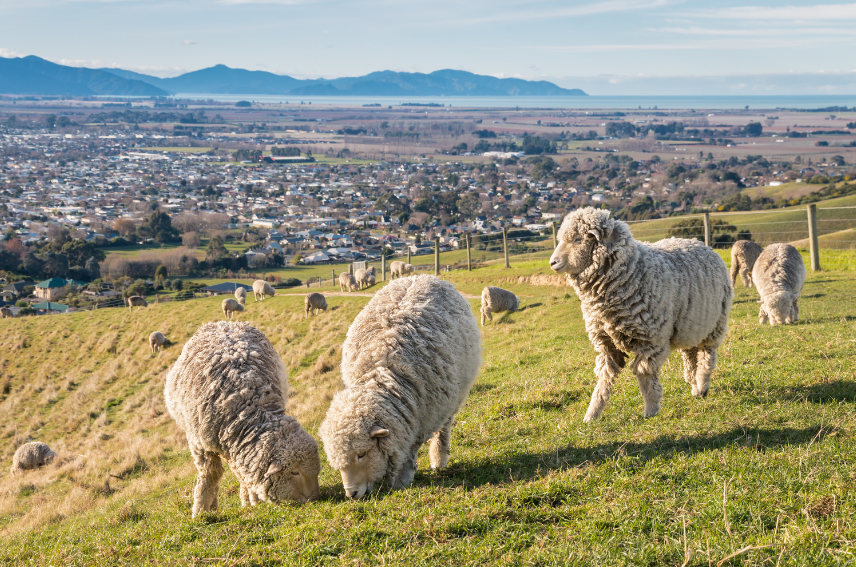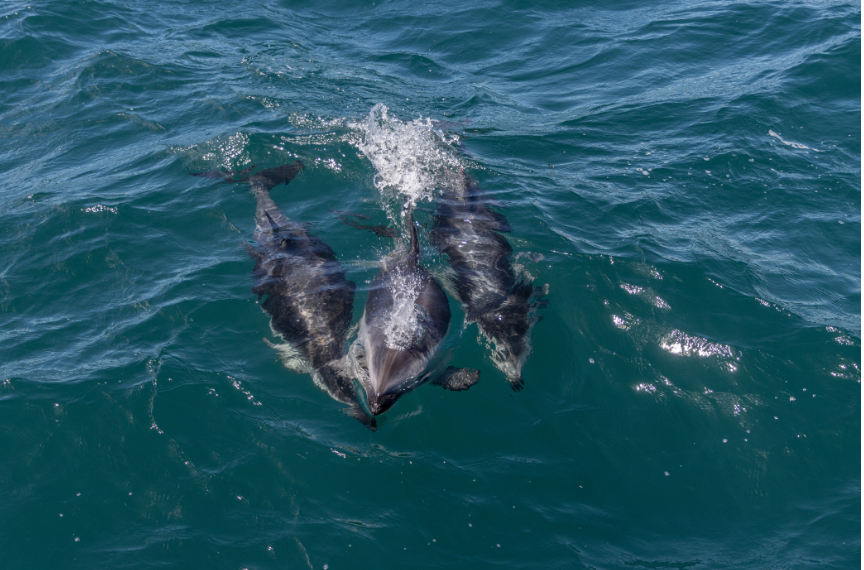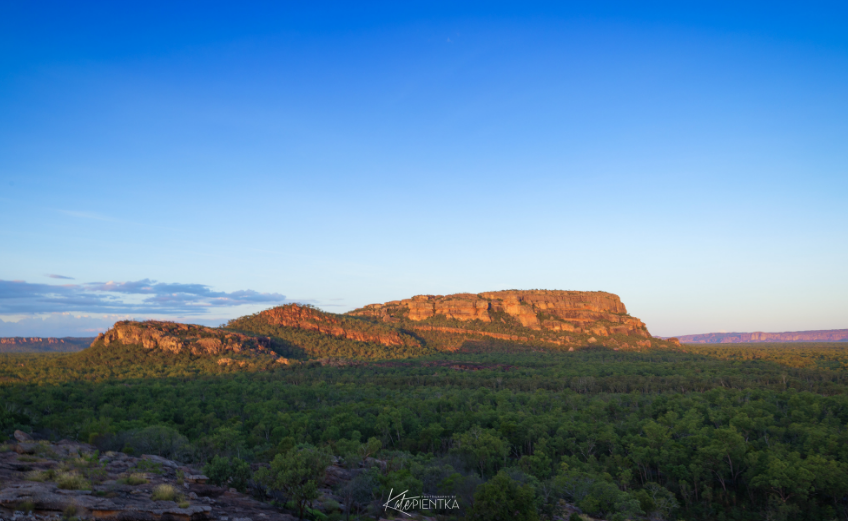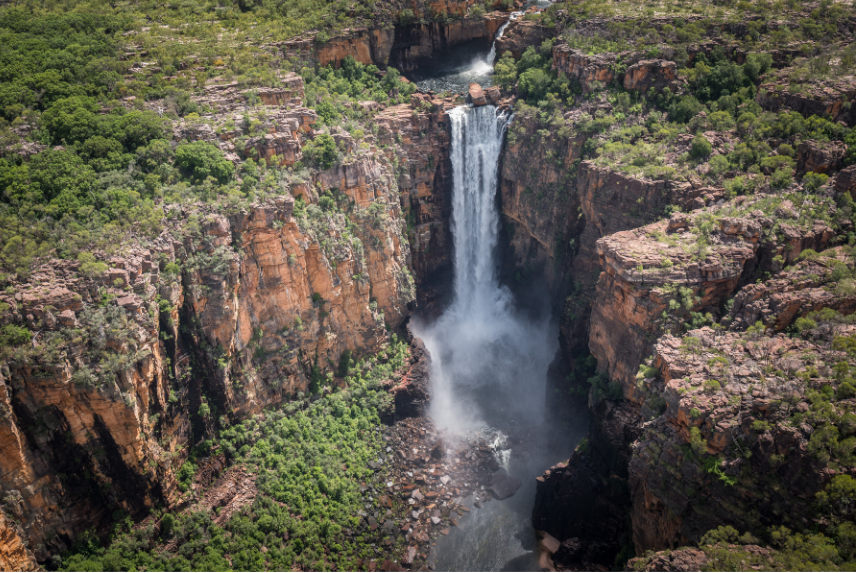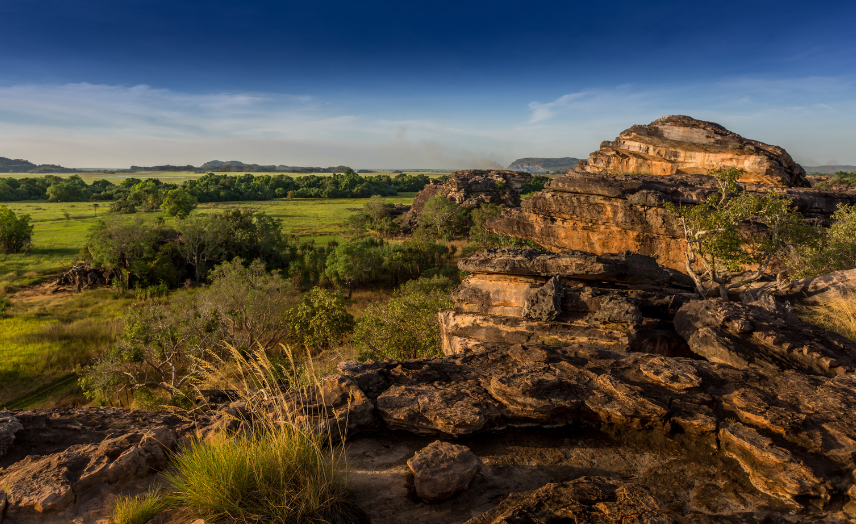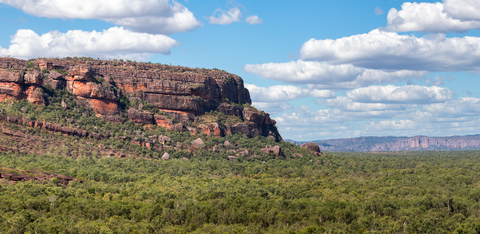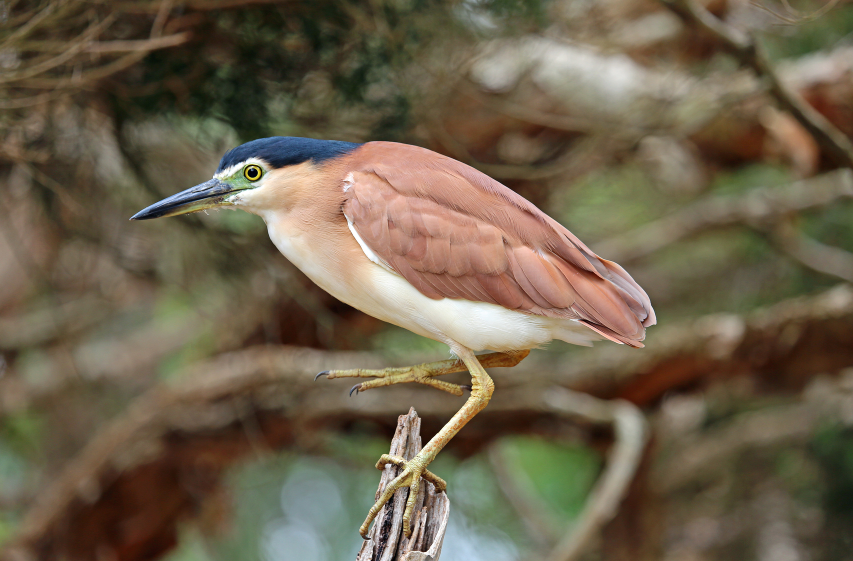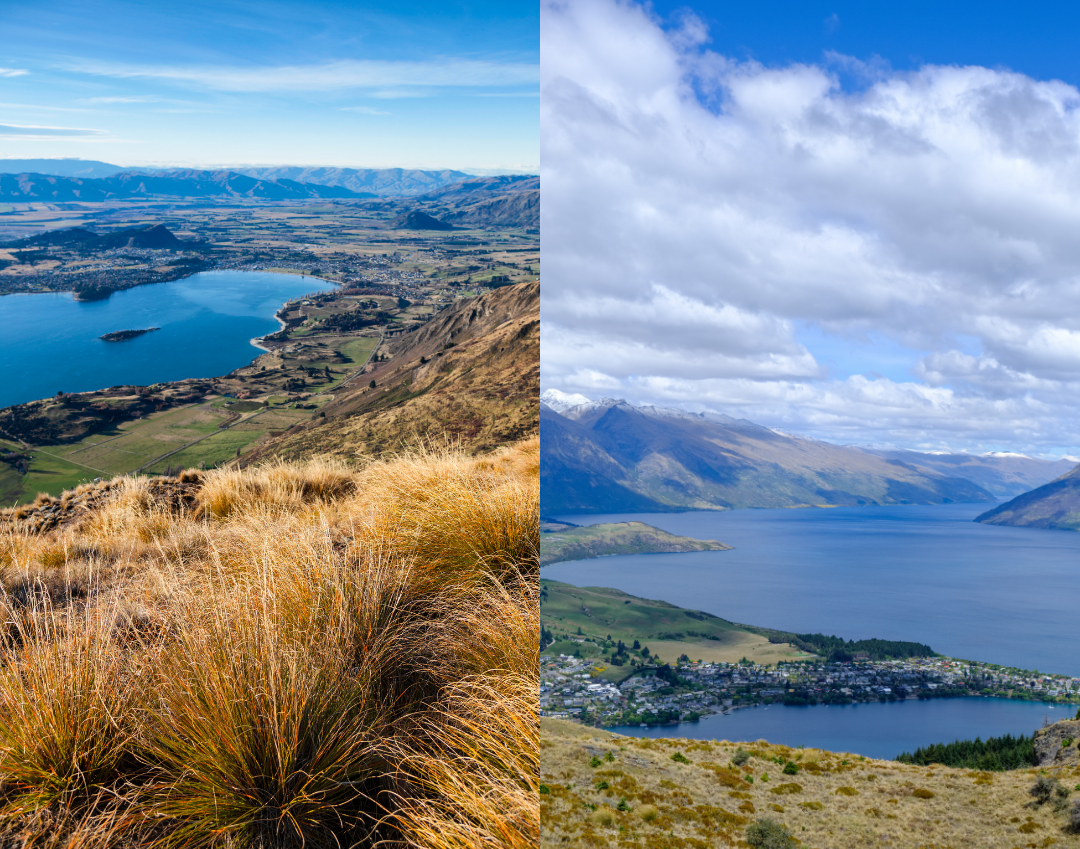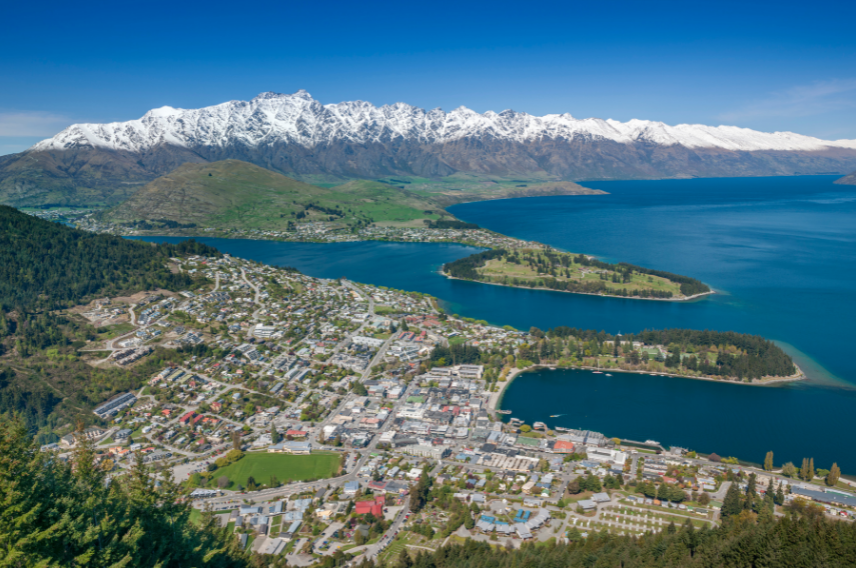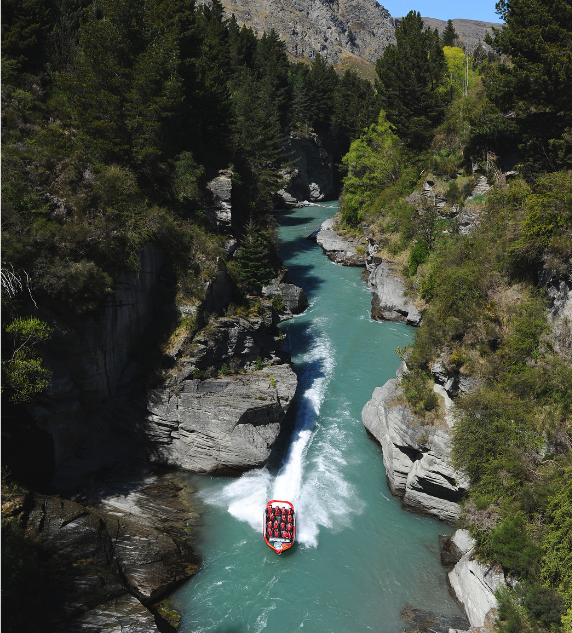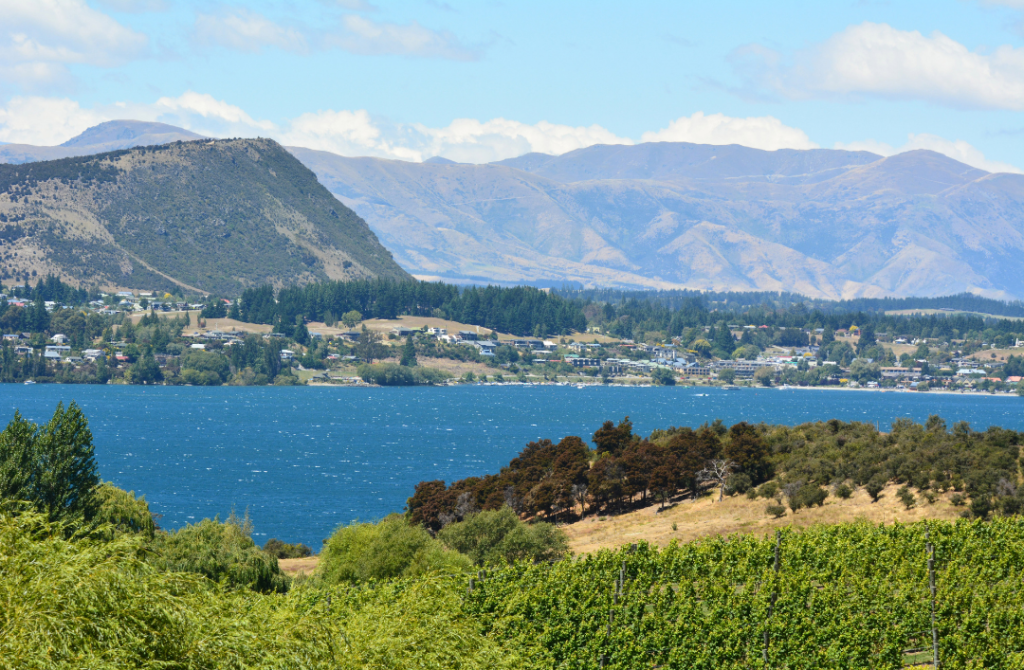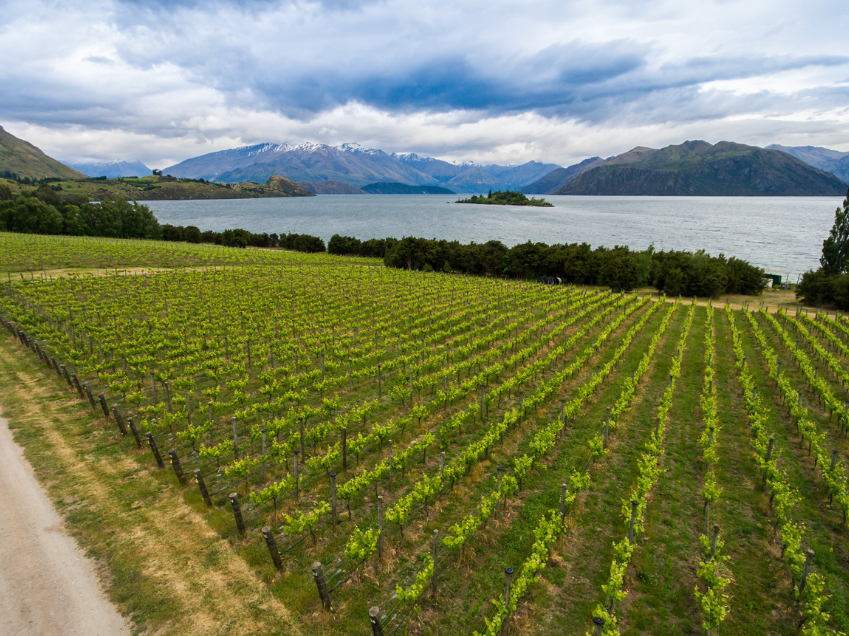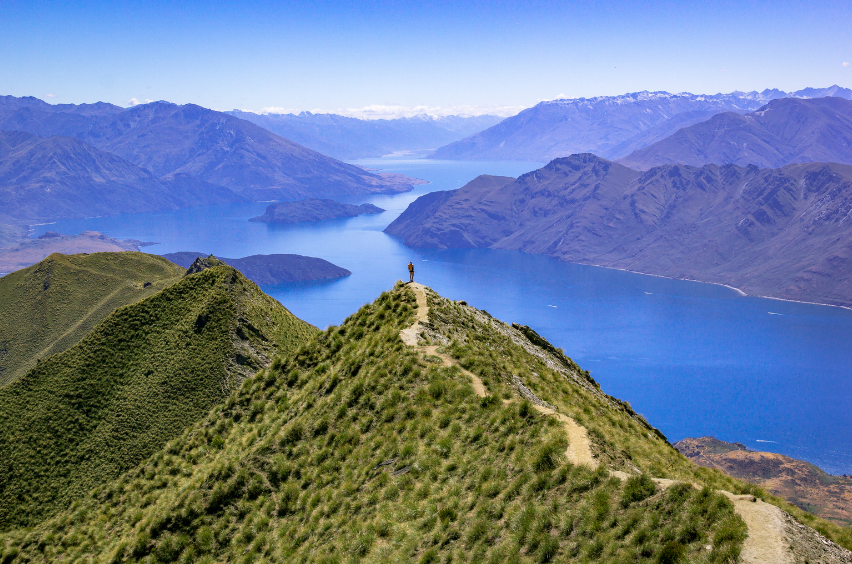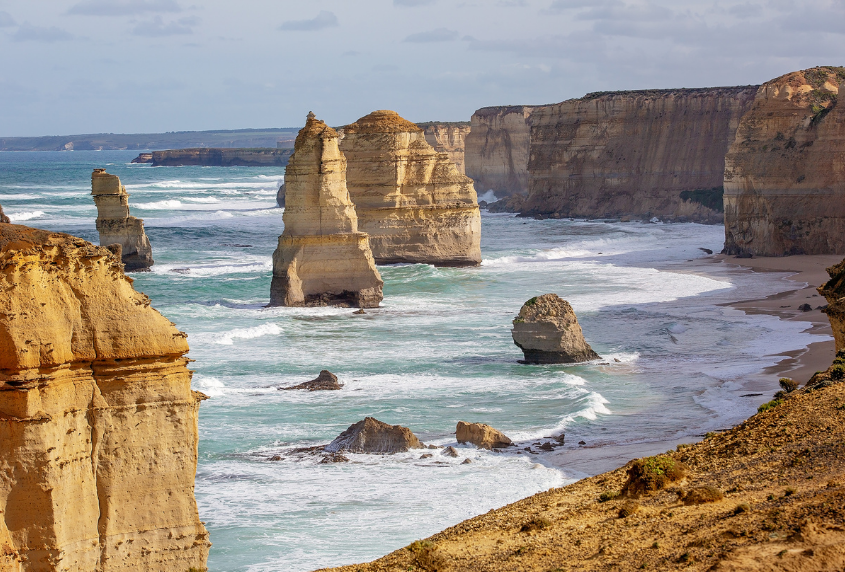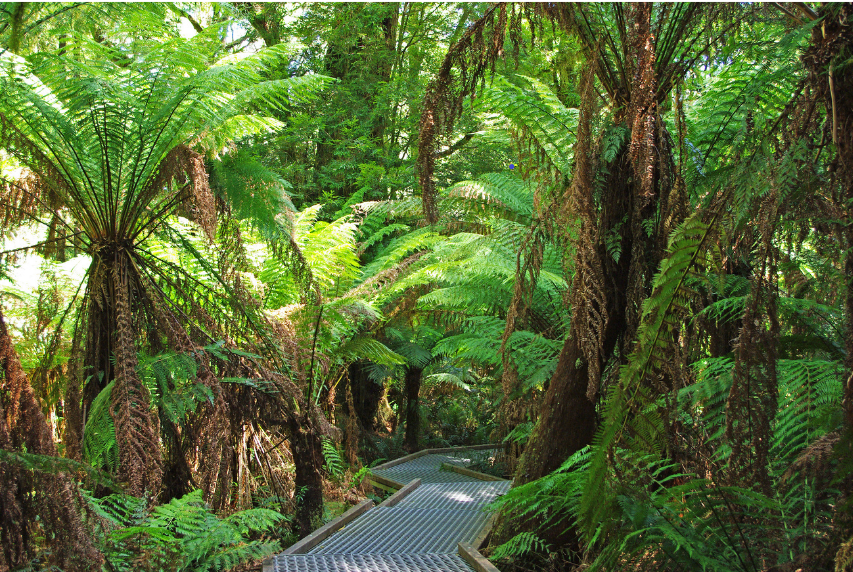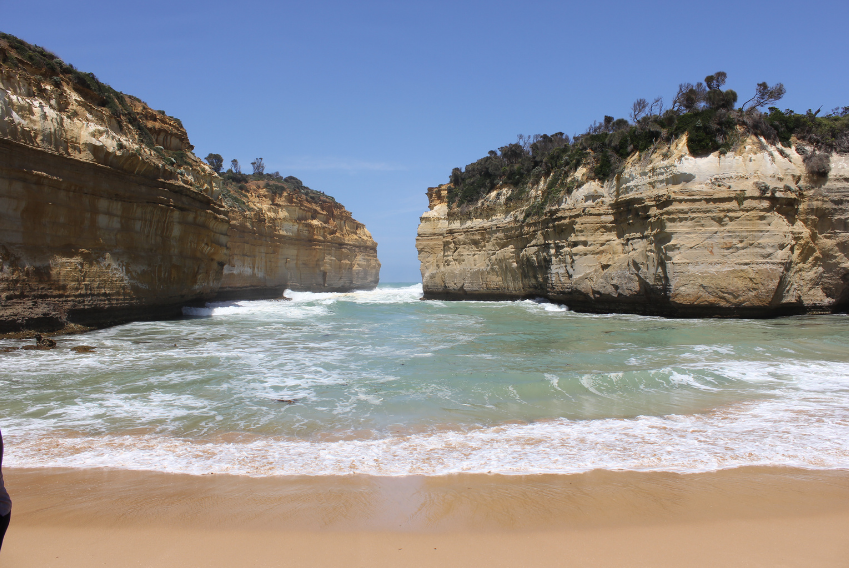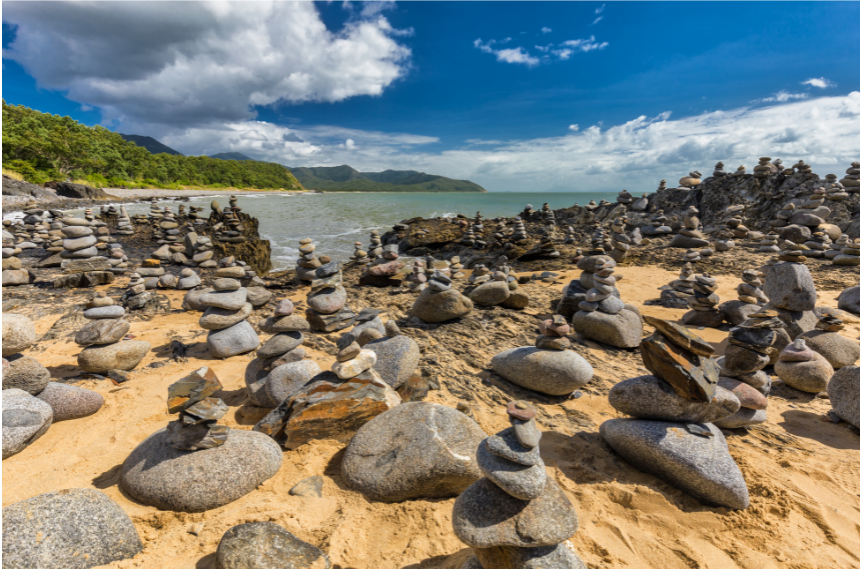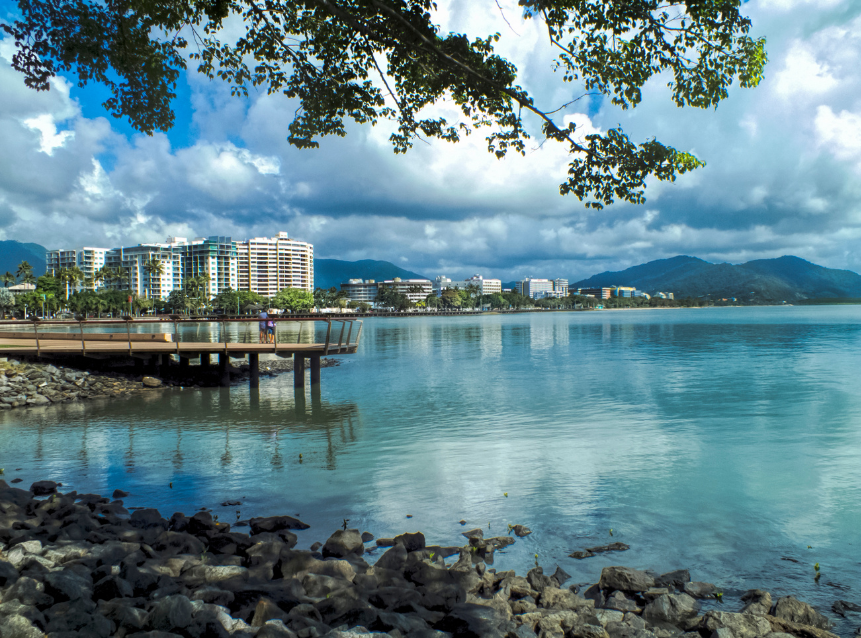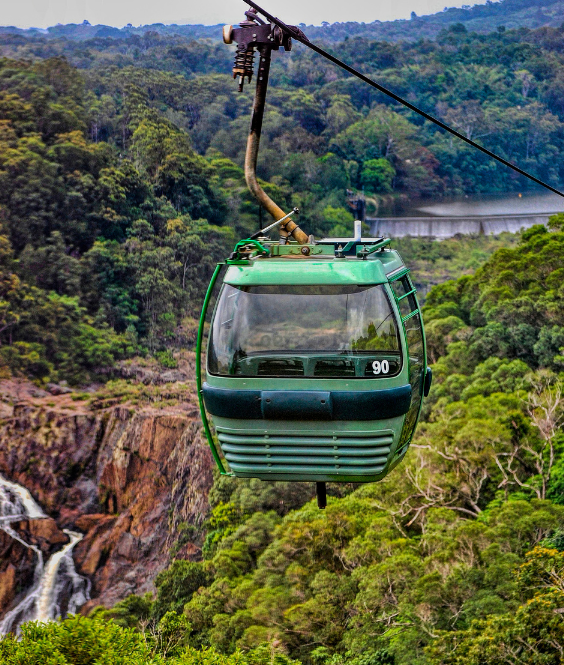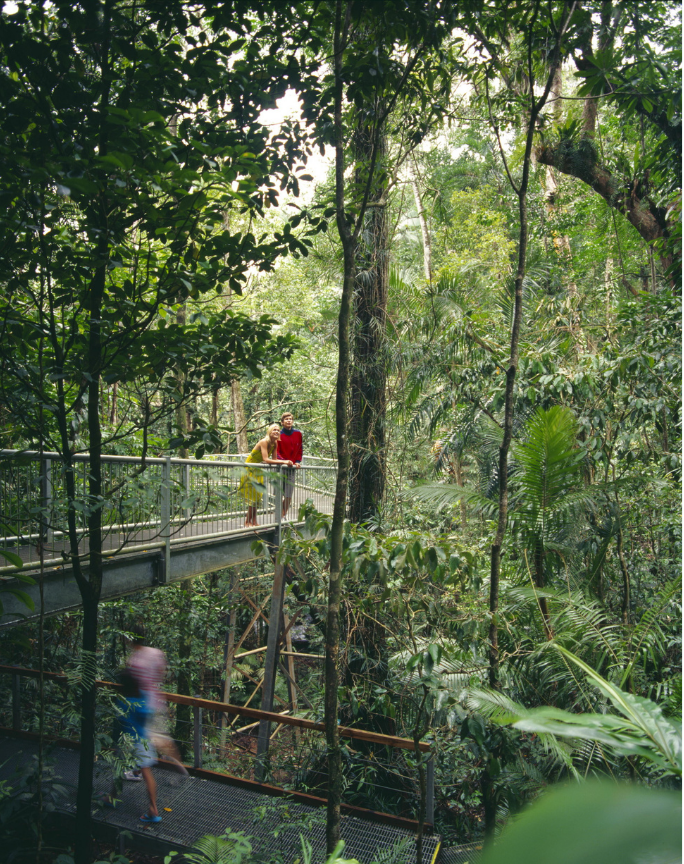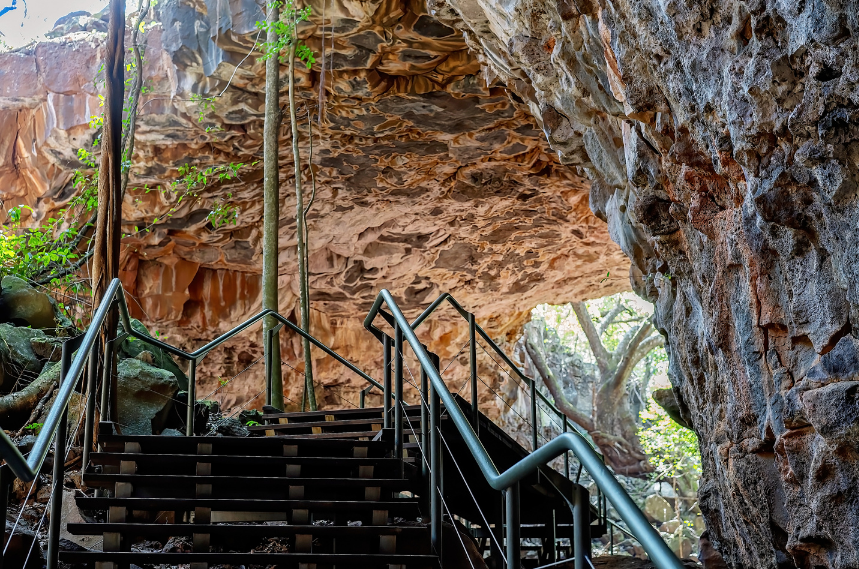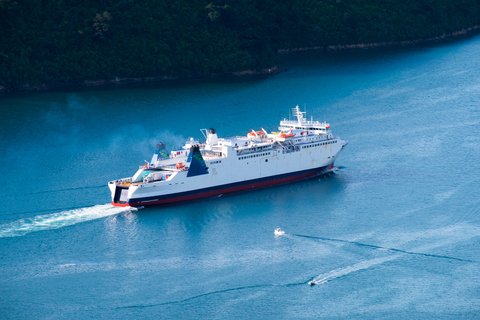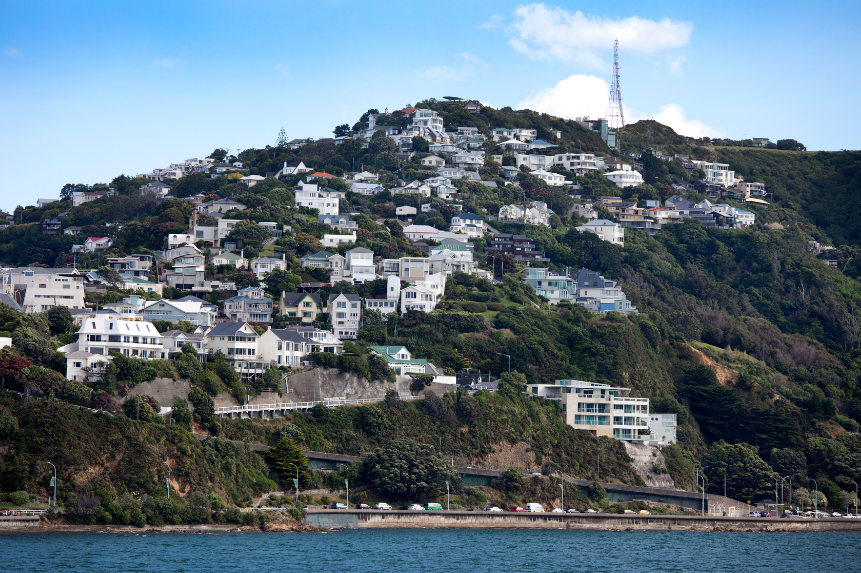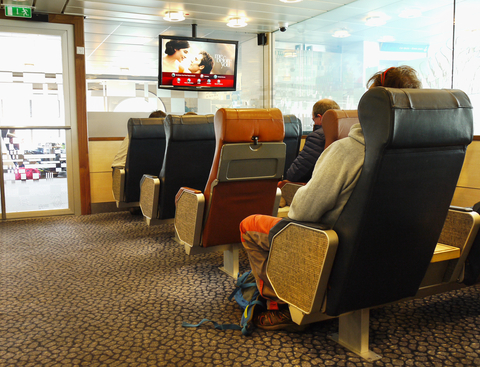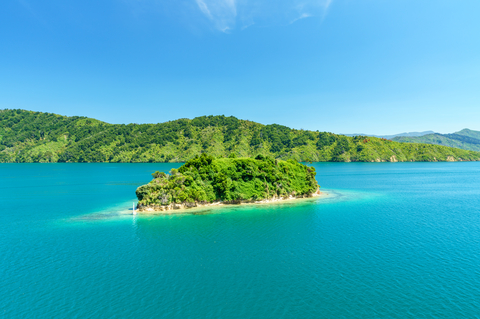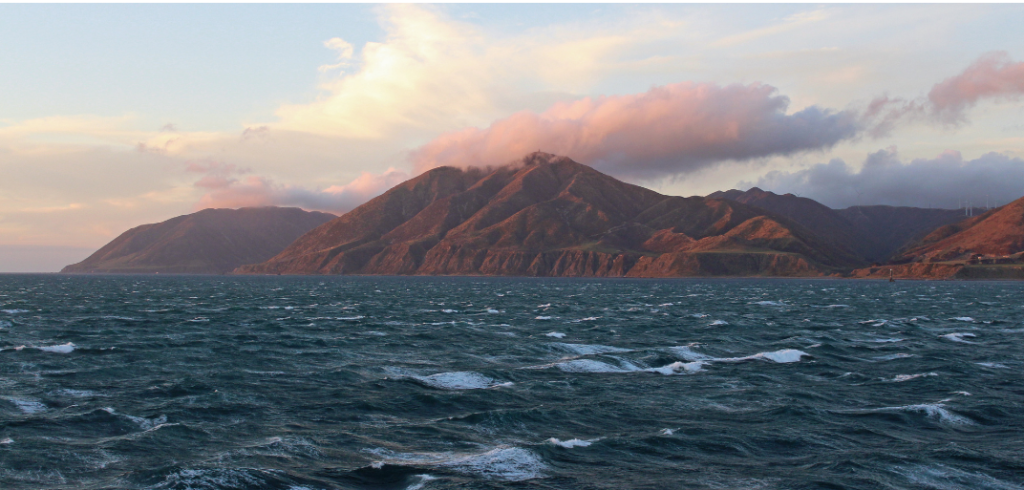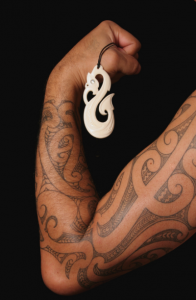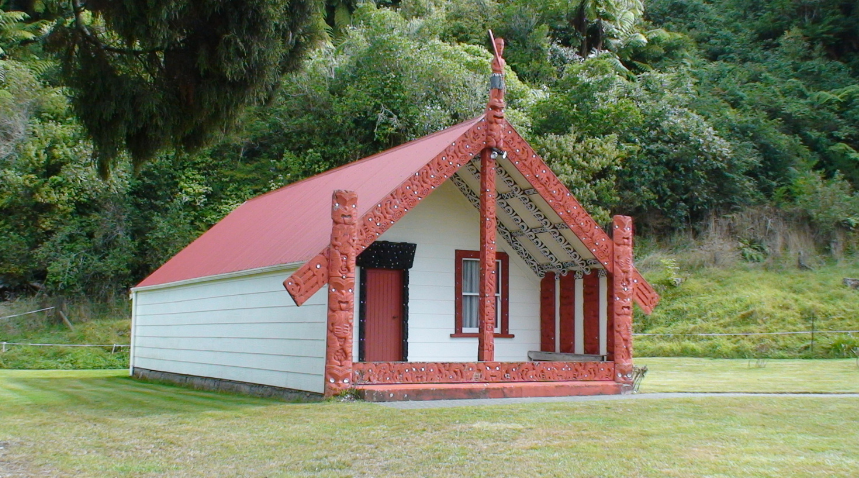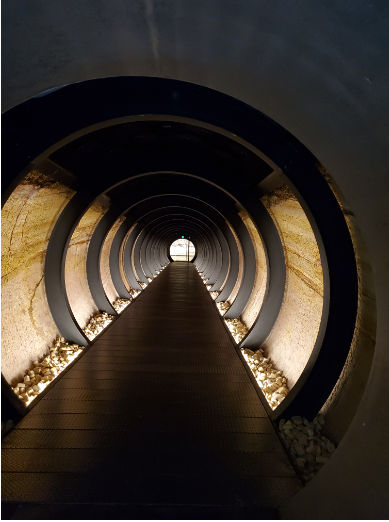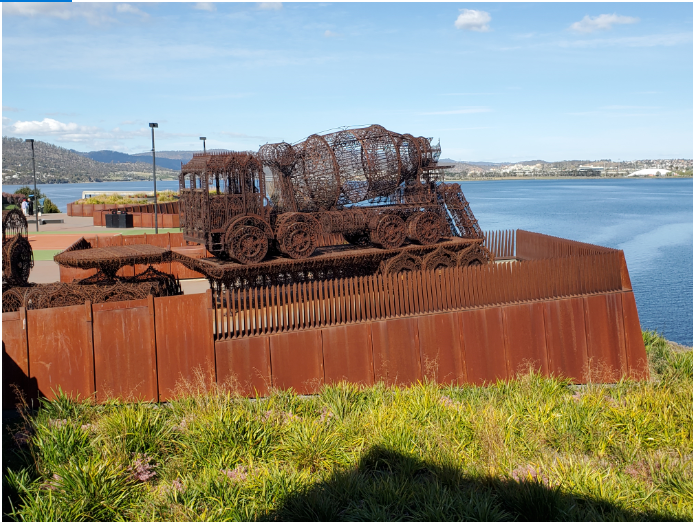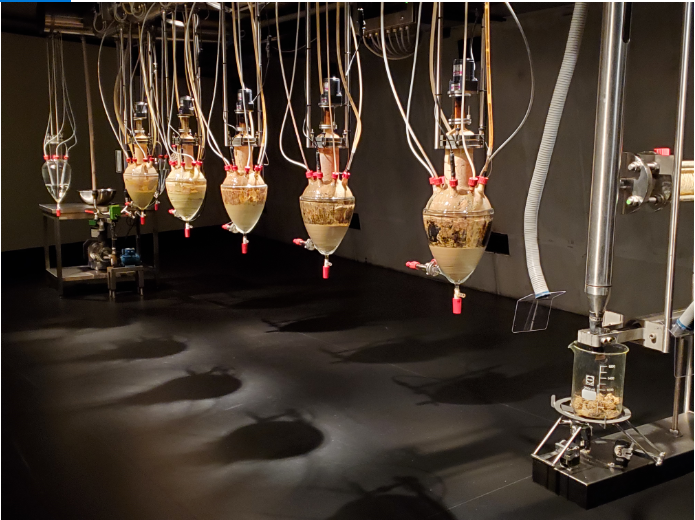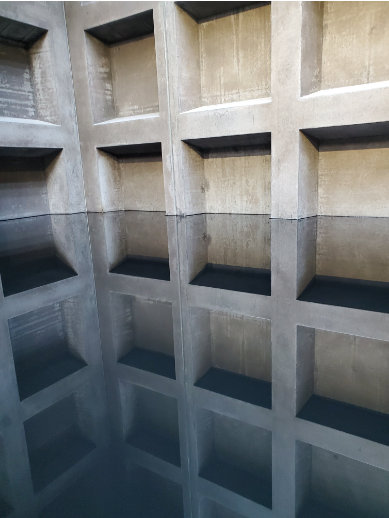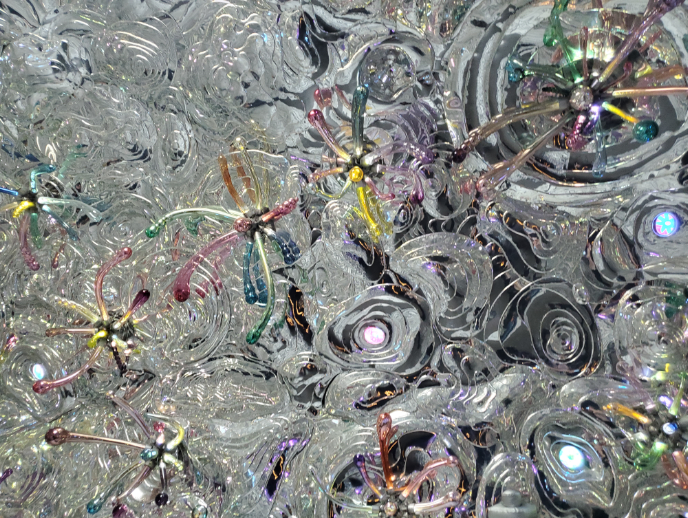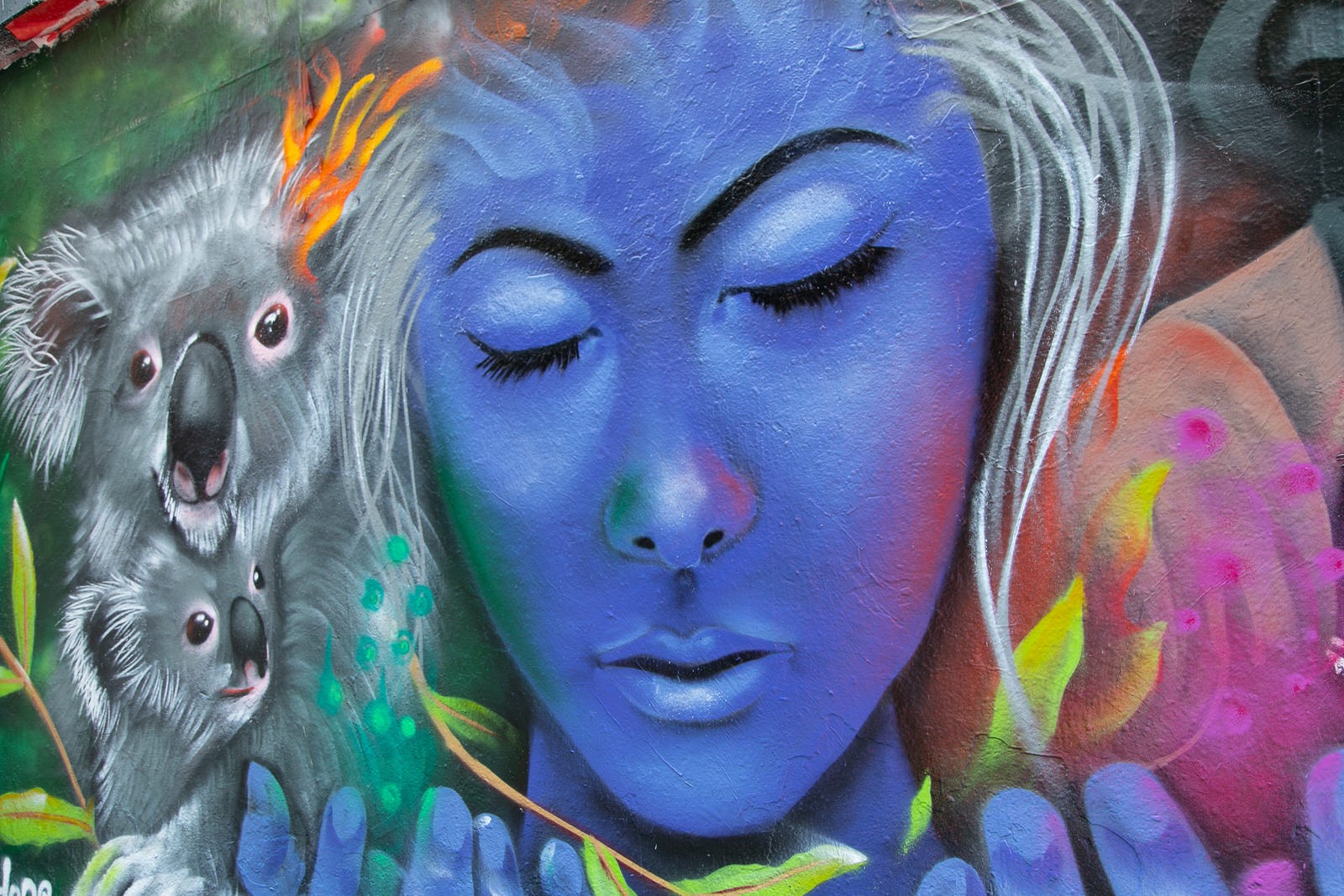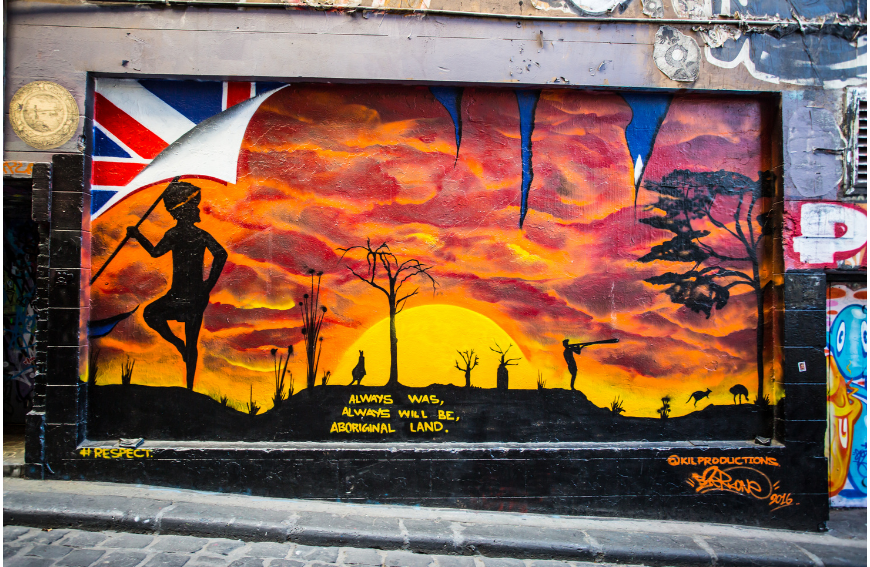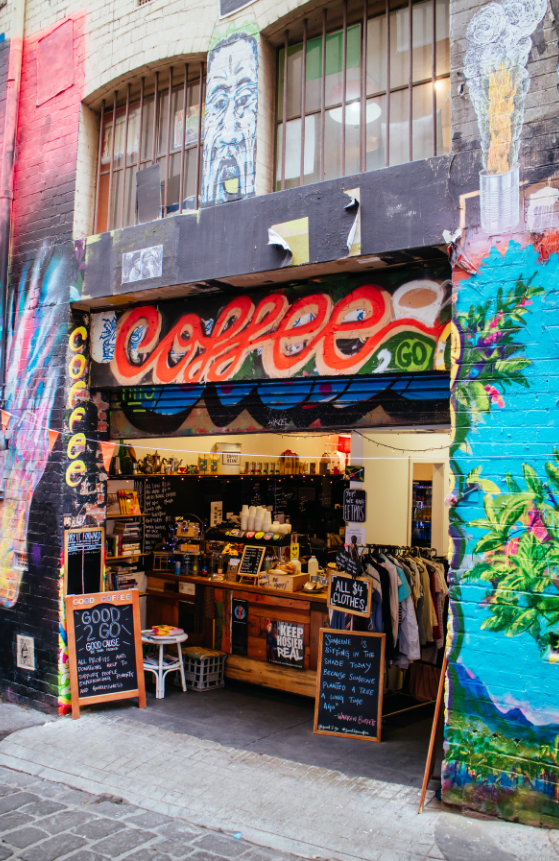When you hear the words ‘Australian outback’, you probably imagine red deserts, spinifex, and of course, Uluru. However, there’s so much more to this spectacular area than just the world’s largest monolith! Covering over 70 percent of Australia’s landmass, the outback is the best option for explorers down under wanting to get off the beaten path. So step away from the bright lights of coastal cities, and let’s talk about some of the not-to-be-missed destinations in Central Australia.
But what exactly is the outback?
European settlers used the word ‘outback’ in the early 19th century to describe any area that was ‘out the back’ of a city or town. Over time, the term became synonymous with the vast expanse of red dirt that covers over 3.5 million square miles mostly in the center of Australia. Home to thousands of endemic flora and fauna species, this seemingly empty landscape was home to indigenous Australian tribes for over 40,000 years and still holds cultural significance for these native people today.
Not sure where to start? I’ve got some recommendations for you!
Homes in Coober Pedy, referred to as “dugouts” by the locals, lie underground to escape the immense heat with temps rising to 127 degrees Fahrenheit in the shade during the summer.
Coober Pedy
One thing is for sure – the Australian outback is hotter and drier than pretty much anywhere on Earth! As such, locals have turned to innovative ways to keep cool under the harsh sun that go far beyond swimming pools and air-conditioning. Located 528 miles north of Adelaide, the town of Coober Pedy is known for its plentiful opals, beautiful landscape, and unique way of life.
If you show up here, you’d be forgiven for thinking that you’d missed a turn somewhere and found an
abandoned ghost town. However, this quirky Australian settlement is home to dive bars, shops, and even a church – they’re all underground! Residents here live in deep-set dwellings known as ‘dugouts,’ which help insulate against the searing daytime heat. Take part in an opal panning activity or visit the incredible sunken bars and restaurants to see how the locals live.
Alice Springs
If you want to start your adventure in the great Red Centre, there is no better place than Alice Springs. Just a few hours from Uluru, this outback town combines luxury and indigenous culture in a celebration of Australian nature. Named for the wife of Sir Charles Todd, Alice Springs is the perfect base for exploring the outback at its heart. Kangaroo sanctuaries, camel rides, and spectacular hiking are only some of the activities available for keen adventurers in this desert settlement.
From here, it’s only a few minutes to the magnificent West MacDonnell Ranges. Get involved in a group tour with an experienced indigenous guide, or hike the trails and set up camp overlooking the sprawling desert landscape in front of you. Hidden swimming holes and stunning views over the ever-changing Uluru-Kata Tjuta National Park make this one stop you won’t want to miss.
Kings Canyon offers spectacular red cliff walls and lush waterfalls for some memorable hikes in this Australian national park.
Kings Canyon
Between Alice Springs and Uluru, there are some genuinely breathtaking geographical features worth exploring. In Watarrka National Park, Kings Canyon is a magnificent plateau of rock holes and domes that dip sharply to a stunning gully below. While the 4-mile walk around the canyon’s rim will take around 3 hours to complete, you can also opt to travel down the sandstone cliffs to the ‘Garden of Eden.’ This permanent oasis is home to over 600 species of flora and fauna and is almost overwhelming in its serenity.
Uluru
We can’t talk about the outback without mentioning Uluru! Formerly known as Ayers Rock, this giant monolith sits in the Central Australian Desert and is one of the most well-known icons of the sunburnt country. Rising dramatically above the spare landscape, Uluru is a sacred site to the Anangu people and is seen as a point at which the land joins the sky. Climbing Uluru was banned in 2019, though you can still gain an unbeatable view of this natural wonder from the Kata Tjuta viewing platform – or even a hot air balloon if you’re feeling adventurous!
Kata Tjuta
While Uluru is the most well-known monolith in Australia, it isn’t the only one. Just outside Alice Springs, the Kata Tjuta, previously referred to as The Olgas, are a group of ancient rock formations standing proud against the red dirt terrain. With distinctly domed shapes, these rocks are a place of spiritual significance to local indigenous tribes. Hike these unique geological sites as the sun sets and watch as they glow and change color in the late afternoon and twilight. Then, for greater appreciation of the Aboriginal culture, you can take a cultural tour to learn about indigenous history and classic hunter-gatherer techniques used for thousands of years.
Kakadu National Park
Darwin may not be officially considered part of the outback, but Kakadu National Park certainly is! Australia’s largest national park is only a couple of hours outside the Northern Territory’s capital, and is the perfect adventure for those looking to get off the beaten path. Ancient rock galleries, gushing waterfalls, and breathtaking gullies are only some of the secrets in this untouched natural wonderland.
There are so many things to see in Kakadu, it’s impossible to do it all in one day. Take a day trip in a four-wheel-drive to the famous Jim Jim falls, where white sands and deep swimming holes await for a perfect day of relaxing. Once you’ve cooled off, walk through the ancient trees that predate European settlement, and marvel at the rock paintings detailing Aboriginal history and storytelling.
Time to Plan Your Outback Adventure!
There are hundreds of reasons to explore the Australian outback – this list only scratches the surface! Want to add a more rugged adventure to your Australian holiday? Talk to me today! I’ve got the experience, know-how, and insider tricks to make your escape unforgettable.

